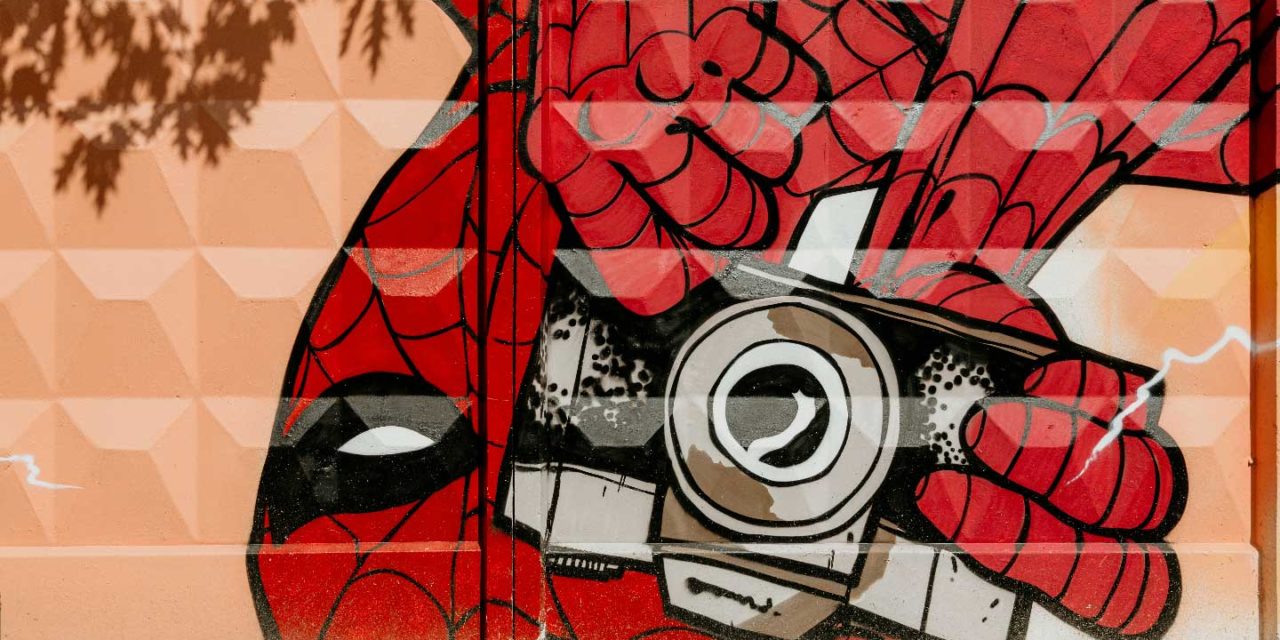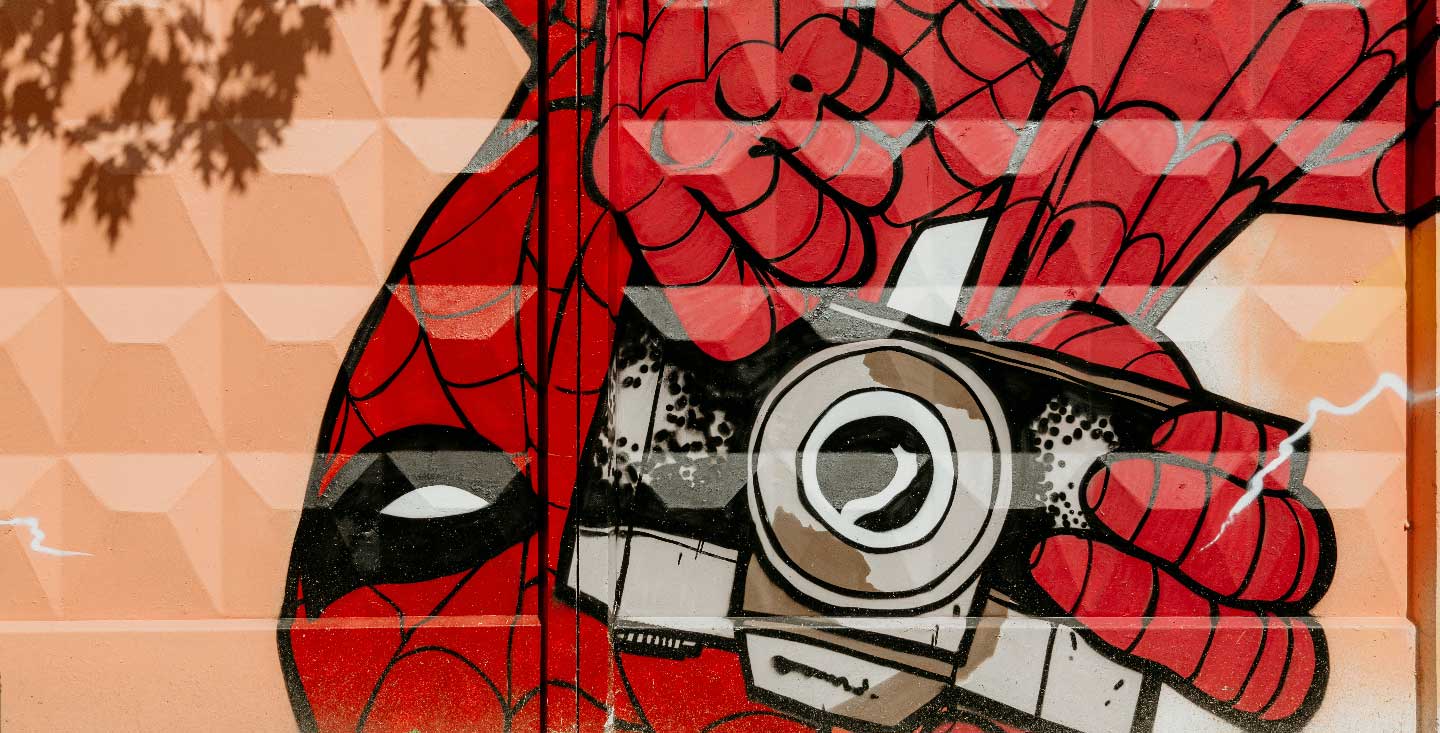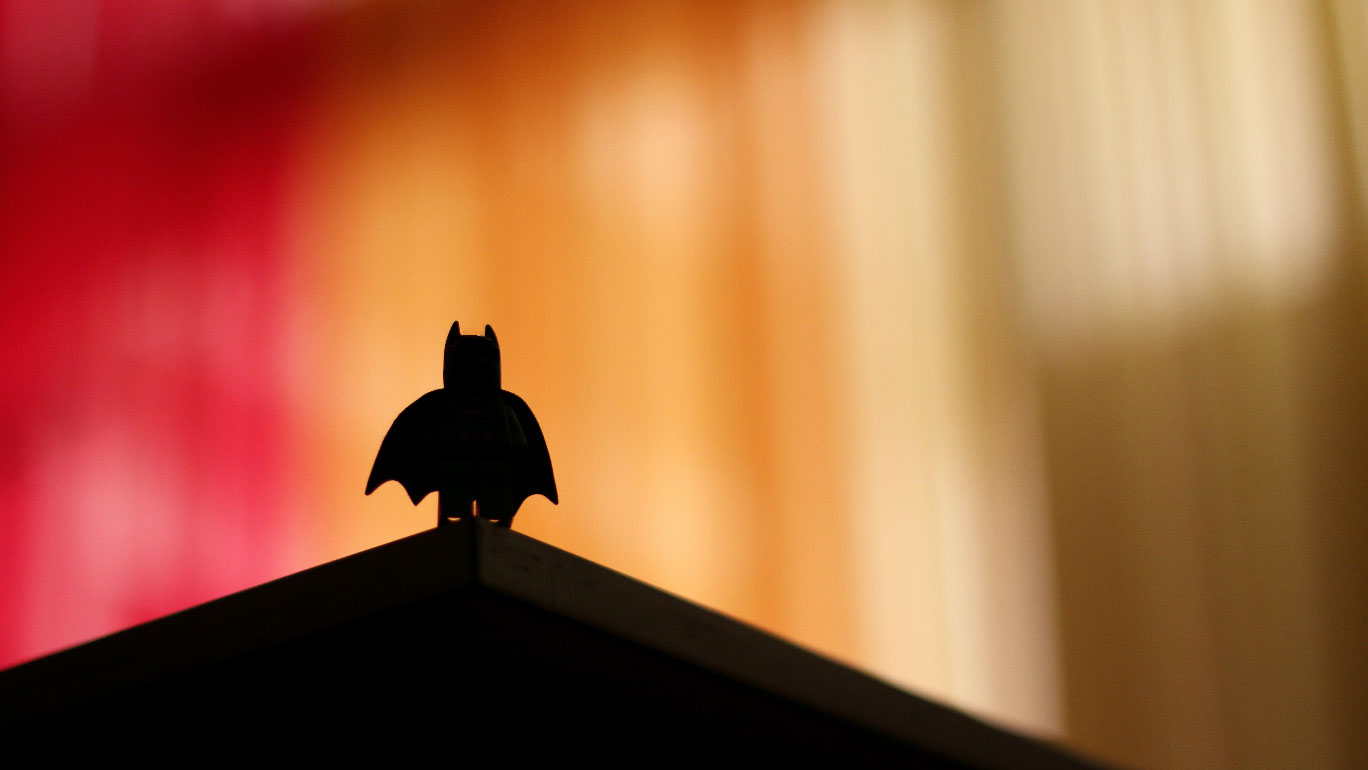How character development can elevate your guest experiences
Great character development creates more opportunities for storytelling in projects across different industries.
Any story needs characters, and in good stories, they are well-thought and well-designed. They present the story through their actions, emotions, motivations and own faith. Whether we root for them or want them to lose the fight, we care for their journey. That is, if there are enough reasons for us to care. The characters live the story we follow; therefore, a flat character also reflects a flat story. Or the opposite, an exciting string of events in a narrative emerges from the motivations and aspirations of the characters.
But not only movies, theatre or fictional books benefit from good character development. This process became more common in themed entertainment, now also in cultural attractions and museums, marketing and branding. There are many advantages of adding characters to a guest or customer experience applying good practices for creating character dynamics.
The characters live the story we follow; therefore, a flat character also reflects a flat story development.
What is character development?
Character development is a practice for creating fictional characters, or sometimes recreating historical characters, with depth in personality, human traits and emotional complexity. A writer can add human attributes even to the most imaginary creatures, such as alien beings or talking teapots. It makes them much more relatable to the audience.
This process differs from character design which covers their style and visual aspect. Character development looks inside their mind and considers their origins, motivations, beliefs etc. The goal is to make them relatable and memorable and give them the power to direct the narrative from within. Therefore writers create characters that evolve with the plot line and overcome challenges and obstacles. Often, their motivations derive from a backstory. The challenge or the conflict of the story often brings out the character’s true personality, not least creating a powerful dynamic in the story. Their values and core identity define the way a character overcomes challenges. In great stories, all these elements are not coincidental but well-thought and designed to build up the plot’s resolution.
Why is character development important for other industries than entertainment?
With the rise of storytelling as a discipline for creating better customer or guest experiences, characters take a new role beyond the traditional mascot. In retail, for example, mascots have been important in creating memorable brands, standing out on packages or in funny commercials. Often these characters don’t present much depth, playing only one role, that of a mascot.
Brands are now telling stories not only about themselves but about their customers. Adding relatable characters who move these stories creates a better connection with the audience. Character building and application differentiate from industry to industry, and their role can take a different form depending on strategy and goals.
Character development for theme parks
A fantastic thing about theme parks is that we often get to meet beloved characters. Disney Parks host some of the most famous Disney characters who are always happy to take selfies with guests. What happens when a theme park doesn’t have a library of characters to pick from? They have to come up with some. Character building for themed parks or even singular themed attractions creates opportunities for good storytelling, outstanding guest experience design and merchandising. Often, the merchandise becomes a manifestation of the memories made in the park. Good character development helps us create those memories.
Another advantage of adopting this process is to add life to a theme park. Sometimes theme park design is like story world building. Along with the different zones, visual design and events, this story world must also have characters. In the development process, we define how this character will act in the world we are building for the park.
During one of our workshops with the Jesperhus park in Denmark, a new character emerged – Dr Træls. He is a villain-like character created for more dynamic stories with the fun and drama involved in villain crises. Dr Træls is greedy, doesn’t like animals and is always up to no good. His name, translated from Danish, means something like “irritating” or “annoying”. This antagonist character created opportunities for building new experiences and expanding the narratives. Today he even got his own attraction in the park, which says how much the guests like him.
Character development for museums
In museums, we mostly meet historical characters who have influenced our culture and history. Sometimes exhibitions have characters recreated from historical figures we know something about and can help tell the story better. One of the most recent examples is how the National Museum of Denmark is using advanced technology to create a 3D avatar for the girl Egtvedpigen from the Bronze Age, discovered in her oak coffin 101 years ago. Now the 16-18 y.o. girl will have a digital avatar with a voice and real human mimicry.
In some cases, museums present stories of entire social groups or processes. To tell the story of the masses can be difficult, so exhibition directors sometimes use fictional characters that embody the story’s message. This way, they transform information presentation into storytelling, often from a first-person point of view.
Take, for instance, an exhibition that represents the modernisation of peasants in France in the 19th century. To understand this process from the peasants’ point of view, we follow a farmer named Pierre. He tells us how his village changed with the construction of a railroad nearby and how some of his neighbours started moving closer to the city. Seeing history through Pierre’s eyes, we can see the impact of modernisation on people. Numbers and data become stories. Pierre’s challenges and how his life changes make us more empathetic towards this character and anchor the story better in our minds. Perhaps some of us find similarities with modern challenges we encounter in our lives. With character development, Pierre receives a backstory and a path through the story – if he is not happy about the new railroad, then we must know why. He has motivations and aspirations, so we feel bad for him if he can’t accomplish them.
Museums can greatly benefit from storytelling. They can open their door to a broader audience and build connections with more visitors.
Character development for brands
Character building gives brand messages a voice and human attributes. Not to confuse with personas in marketing, which are mostly customer oriented, based on demographics, psychographics and buyer behaviour. Characters in marketing can be used to appeal to the target audience and represent the company values as an extension of a brand. They can be an independent entity that as a person reacts to events, celebrates successes, overcomes challenges and makes connections with others. Here is where character development comes into play. It helps us understand how this new character will react to one or another situation. Designing its personality is also suitable for evaluating its fit with the brand. They have the potential to become timeless, evolving together with the target audience.
A brand character can also be abstract, not a figure with visual attributes, but rather a set of guidelines which represent the brand personality. This character can also be developed with a set of values, motivations and goals. It gives the brand a voice and a stand, making it more complex, like a human who connects to customers on a deeper level.
(See the article we have on Brand Story)
What makes a well-thought character?
As mentioned above, character development is, in a way, personality development for someone who doesn’t exist, but we want to make it real. Therefore, a great character also has flaws; they may doubt themselves or lack confidence. They are memorable through their personality and reaction to the events that come their way. They are relatable not only through age or context but through motivations and challenges. They transform through the story encouraging the audience to grow together with them. Their story doesn’t end with the awaited achievements because a great character is defined not by their context but by their inner journey.
A great character is defined not by their context but by their inner journey.
Dynamic in groups of characters
Imagine Luke Skywalker without Darth Vader or Frodo Baggins without Sauron. It is a bit difficult to break these famous heroes and villains apart. A great story needs contrast which is brought forward through relationships between protagonists and antagonists. A villain with a good reason behind their action makes an interesting character to follow and even empathises with. It is worth mentioning that an antagonist can also be an abstract concept, such as the personal struggles of the main character.
Secondary characters, despite the term “secondary” are immensely helpful in supporting the story. They support our protagonists, helping them achieve their goals. They can be a great comedic relief or even oppositional.
If possible, having a character set helps tell the story from more points of view and create guest experiences. Referring to our Dr Træls example, bringing a villain into a park for children, where before we could meet cute animals, proves successful for adding dynamics to the story. Even smaller children understand that.
Character development can sometimes be costly and come with risks. Therefore good planning and well-structured, strategic development can help not only meet but exceed expectations.
Characters can add a lot of fun to a guest experience, becoming our adventure companion and making us see their world closer. They can help us immerse ourselves in the story and follow the journey with more excitement and anticipation.
How will your next character help you tell your story?
Other posts
Breaking the Silos of Disciplinary Domains
Breaking the Silos of Disciplinary DomainsThe world is becoming increasingly complex and needs open minds and collaboration. Challenges are rarely confined to neat disciplinary boxes, and solutions demand a convergence of professional perspectives. Yet, many...
The Significance of Imitation Collapse
The Significance of Imitation Collapse As AI and other seemingly intelligent technologies polarise the creative industries and their experienced and aspiring professionals on possibilities and use, they also shine a light on a deeper discourse now being amplified and...
Our Lives in the Uncanny Virtuality
Our Lives in the Uncanny Virtuality You may have heard of The Uncanny Valley, and you may have faced it more than once. The phenomenon was first coined and described by the Japanese roboticist Masahiro Mori in an article published in 1970. Mori identified the...
The Past Reimagined
The Past Reimagined Making cultural heritage relevant and popular to new generations When we explore our past, it is not because we want to go back to what our ancestors were but because we search for our connection to the stories, the songs, the lives and the rituals...
Go Beyond the Hype and Embrace the Future You
Unless you have resided under the proverbial rock since summer, it is very evident that we are now in the season of courses and conferences. And let’s be honest, there are some brilliant opportunities to gain both inspiration and knowledge that is applicable to the...
Designing the infinite team network
This week, we were yet again in a creative development meeting with one of our partners in the UK. Next week, we’ll do a follow-up session. For each of these, none of us will leave our respective hometowns of Aarhus or London. Our travel time is down to the time it...
July 25th, 2022
Author: Ecaterina Capatina
Concept developer and Brand Manager at AdventureLAB
Do you want to receive similar articles from us every month? Subscribe to our newsletter “The Experience Economist”.







